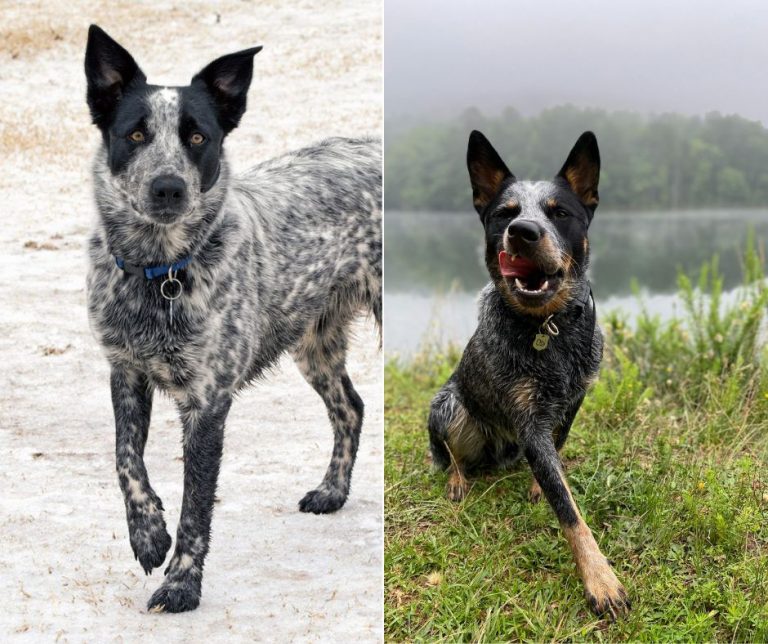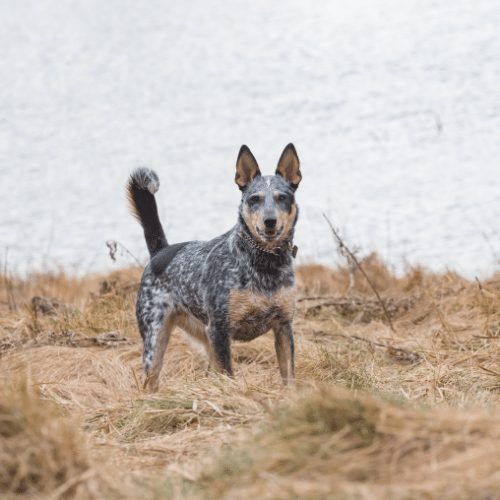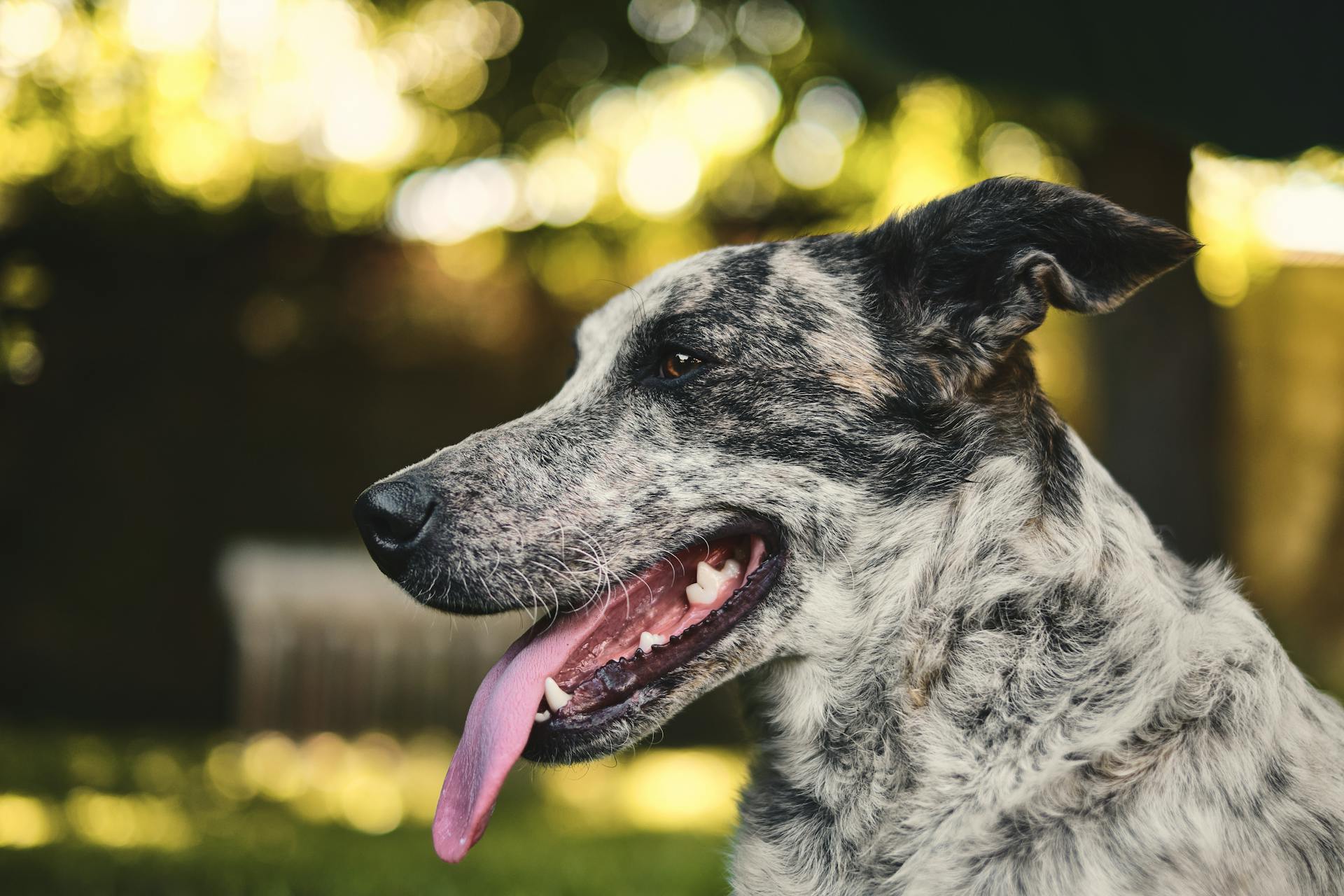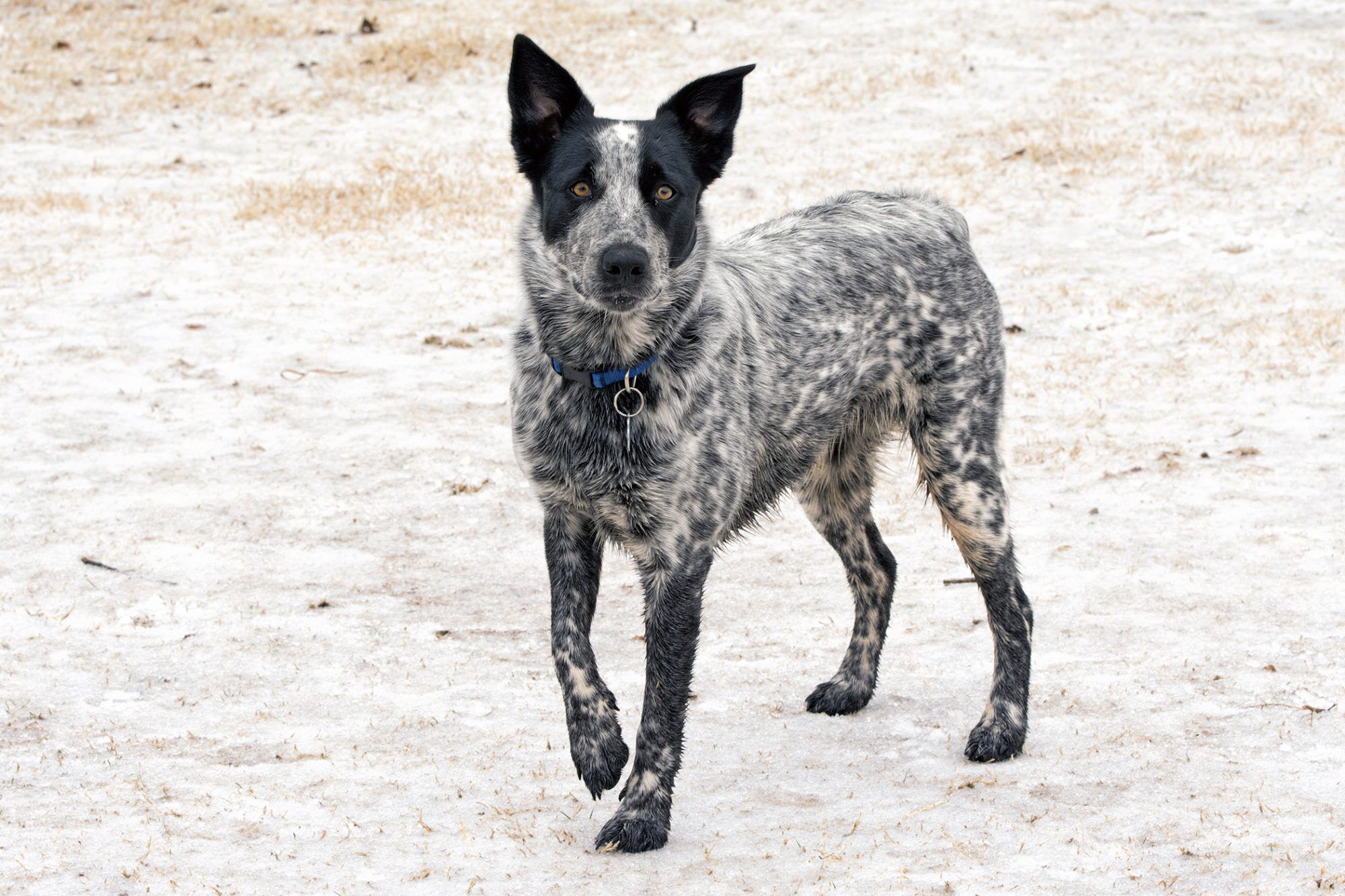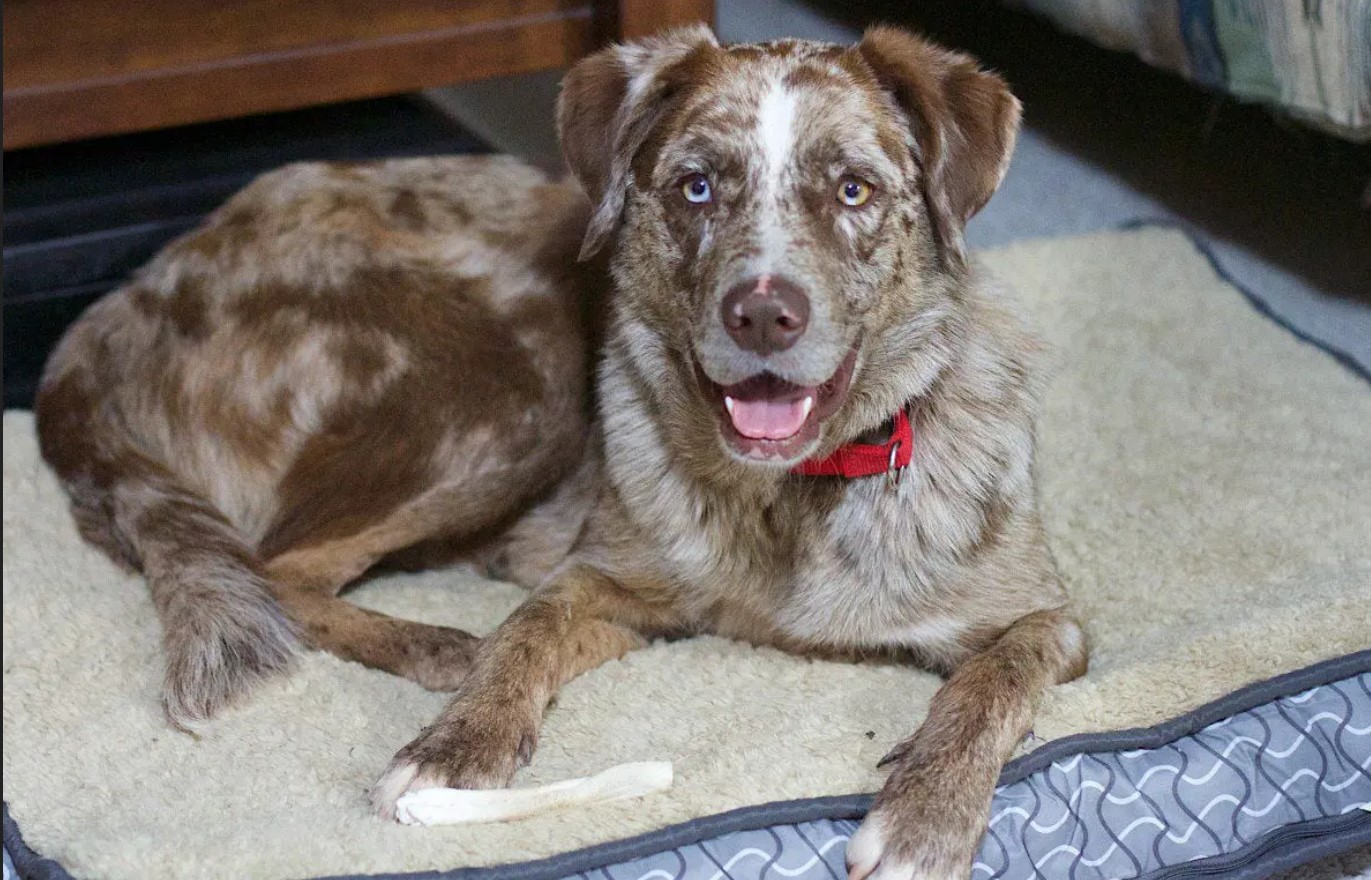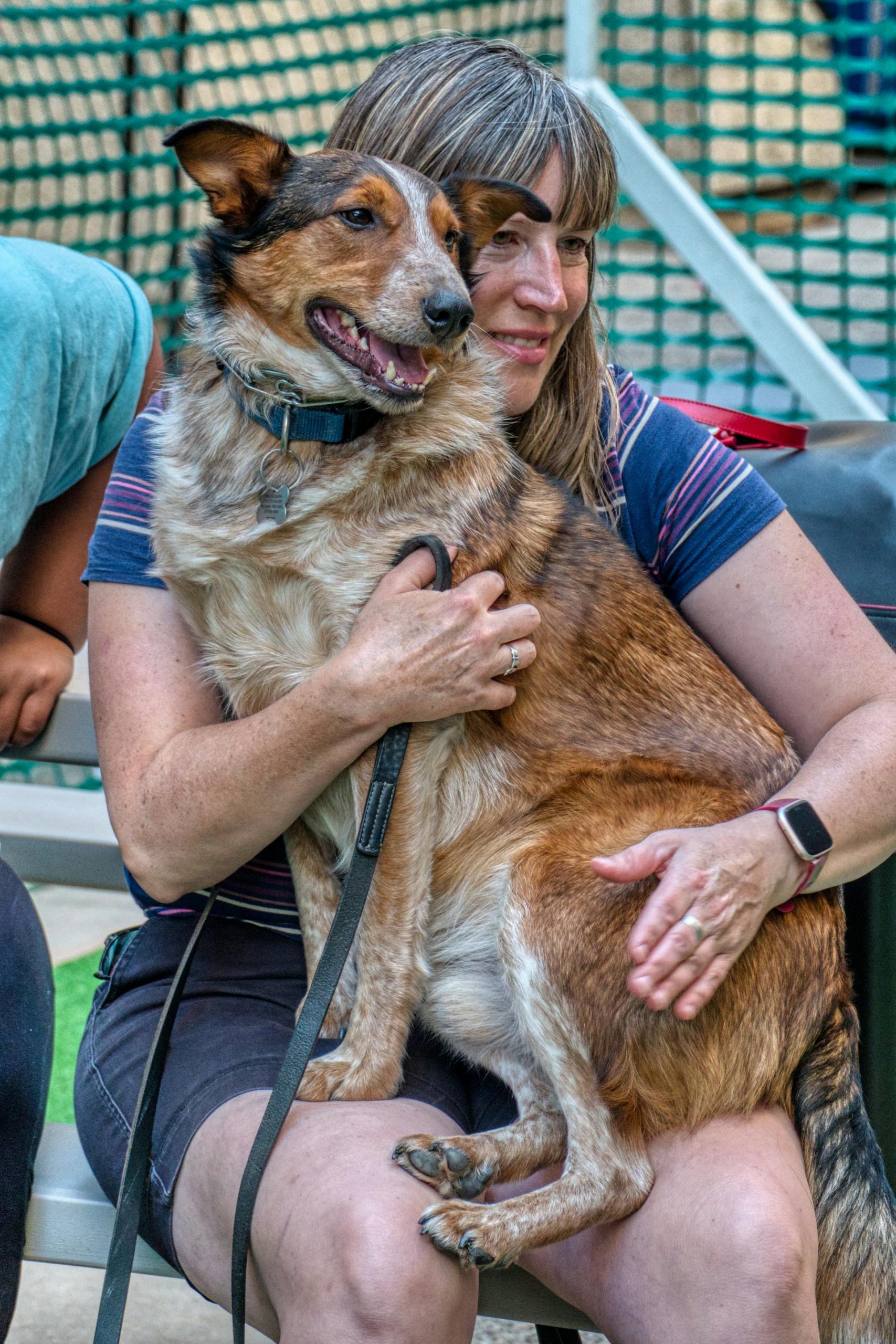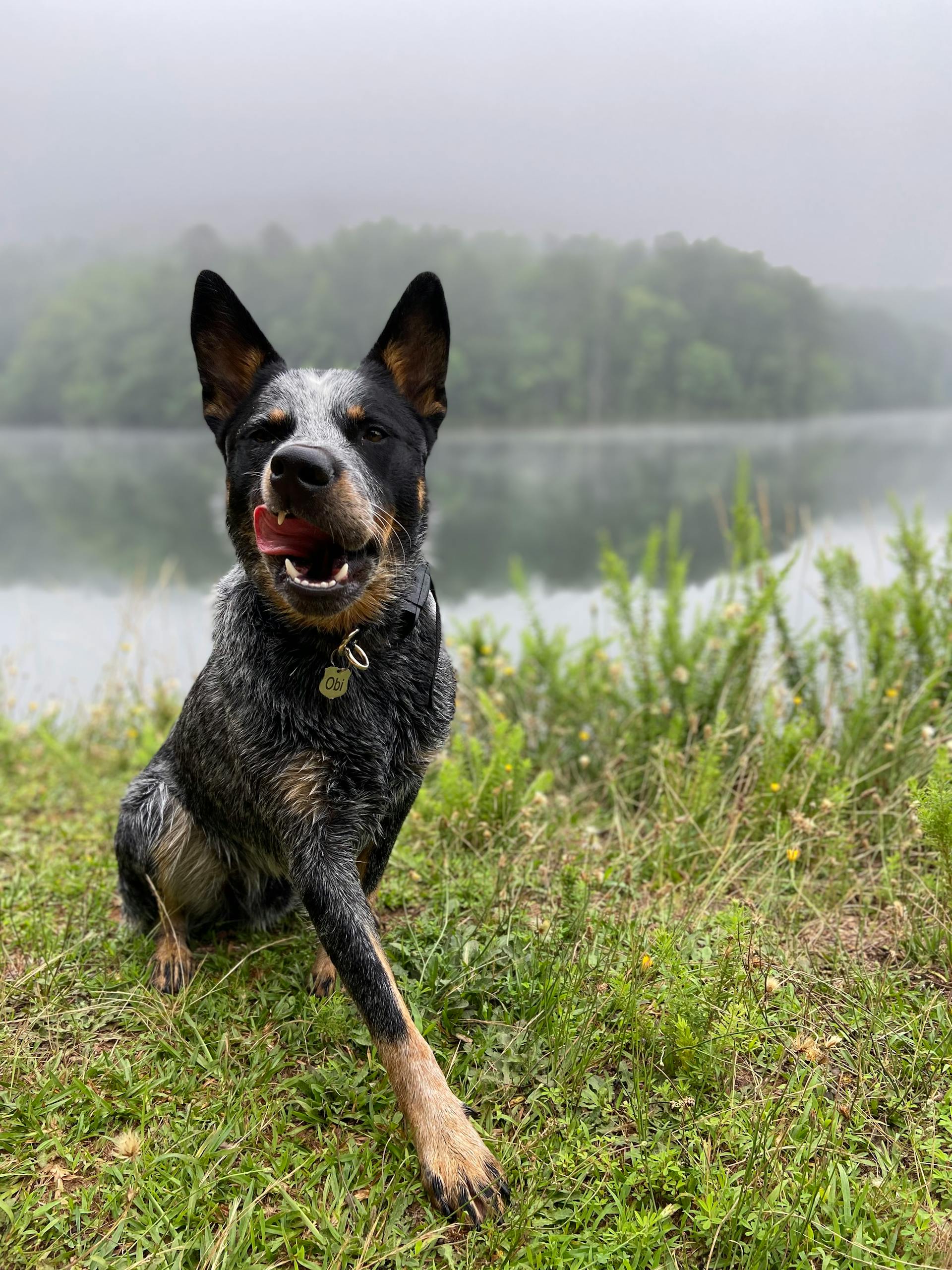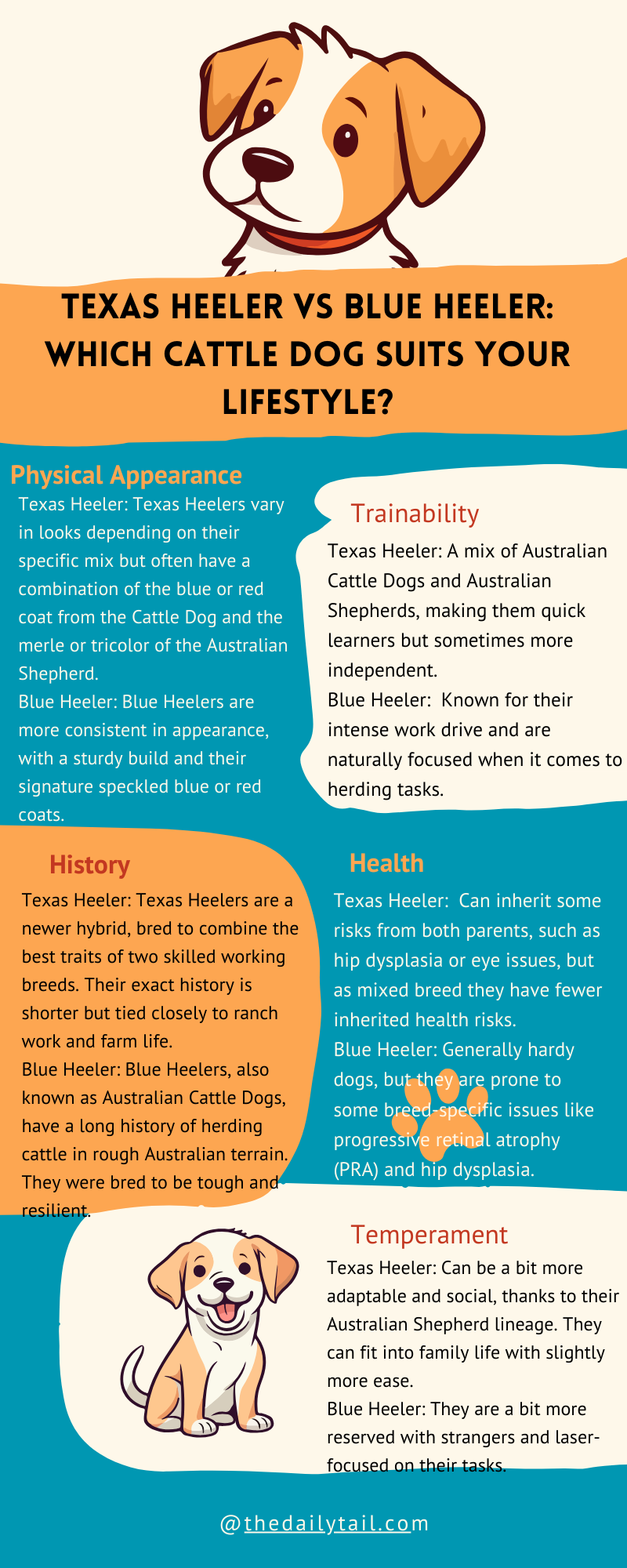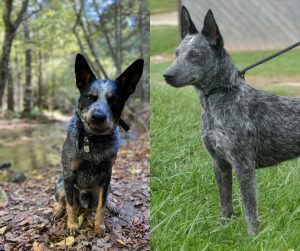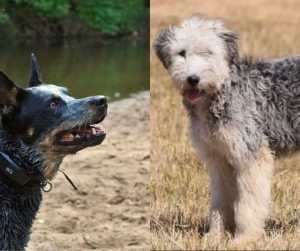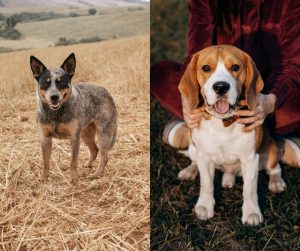Dogs have been our loyal companions for centuries. Herding breeds are some of the smartest and most hardworking pups around. Two popular herding dogs that often get mixed up are the Texas Heeler and the Blue Heeler.
While they may look similar at first glance, these two breeds have some key differences in size, appearance, and temperament.
The Texas Heeler is actually a mix between a Blue Heeler (also called an Australian Cattle Dog) and an Australian Shepherd. This hybrid breed tends to be a bit taller and leaner than purebred Blue Heelers. Texas Heelers can come in a wider variety of coat colors and patterns too. Blue Heelers, on the other hand, are known for their distinctive blue-speckled coats.
Both breeds make great working dogs and family pets for active owners. They’re smart, energetic, and love having a job to do. Whether herding cattle or playing fetch in the backyard, these pups need plenty of exercise and mental stimulation to stay happy and healthy.
Getting to know the unique traits of each breed can help dog lovers pick the perfect furry friend for their lifestyle.
History and Origins
The Texas Heeler and Blue Heeler have deep roots in Australia’s cattle herding tradition. These clever dogs were bred to help ranchers manage livestock in tough conditions. Their story spans continents and showcases the ingenuity of dog breeders.
Australian Roots
The Blue Heeler, also known as the Australian Cattle Dog, was born in the 1800s. Aussie ranchers needed tough dogs to herd cattle across vast, rugged land. They mixed native Dingoes with Collies and other herding breeds. The result? A smart, sturdy dog perfect for the job.
These dogs came in blue and red colors. The blue ones got the nickname “Blue Heelers” because of their coat and tendency to nip at cattle’s heels. They quickly became a favorite among ranchers for their work ethic and loyalty.
The Rise of Texas Heelers
Texas Heelers came about much later, in the 1970s. American ranchers wanted a dog with the Blue Heeler’s smarts and the Australian Shepherd’s friendliness. They crossed these two breeds, and the Texas Heeler was born.
This new mix kept the strong herding instincts of both parent breeds. But it often had a softer personality than pure Blue Heelers. Texas Heelers became popular not just for work, but as family pets too.
They’re not recognized as an official breed yet. But many dog lovers appreciate their mix of traits from both parent breeds.
Physical Characteristics
Texas Heelers and Blue Heelers have some key differences in their looks. Let’s explore their size, coat, and unique features.
Size and Weight
Texas Heelers are usually a bit bigger than Blue Heelers. A Texas Heeler can stand 17 to 22 inches tall at the shoulder. They weigh between 25 and 50 pounds. Blue Heelers are slightly smaller, with males reaching 17 to 20 inches and females 17 to 19 inches. Blue Heelers typically weigh 35 to 50 pounds.
Female Texas Heelers are often smaller than males. They might be 15 to 20 inches tall and weigh 20 to 40 pounds. Remember, each dog is unique, so sizes can vary.
Coat and Colors
Both breeds have short, dense coats that protect them from harsh weather. Texas Heelers can come in many colors thanks to their mixed heritage. You might see them in blue, red, or black. Some have white markings or tan points.
Blue Heelers, as their name suggests, are known for their blue-speckled coat. This gives them a cool, mottled look. They can also have tan markings on their legs and face.
Some Texas Heelers might have the merle pattern. This creates a pretty swirled effect in their coat color.
Distinctive Features
Texas Heelers often have a mix of features from both parent breeds. They might have the Blue Heeler’s alert, pricked ears. Or they could have the Australian Shepherd’s floppy ears.
Their eyes can be brown, blue, or even different colors. This eye color mix, called heterochromia, is pretty common in these dogs.
Blue Heelers have a more uniform look. They always have those pointy ears and keen, watchful eyes. Their muscular build shows off their working dog background.
Both breeds have strong, athletic bodies. This helps them excel at herding and other active jobs.
Personality and Temperament
Texas Heelers and Blue Heelers share many traits, but they have some key differences in their personalities. Both breeds are known for their smarts, energy, and devotion to their families.
Energy and Activity Levels
These dogs are always on the go. They need lots of exercise and playtime to stay happy. A bored Heeler can get into trouble, so keep them busy!
Texas Heelers might be a bit calmer than Blue Heelers. But both breeds love to run, play fetch, and go on long walks. They’re perfect for people with active lifestyles.
Make sure to give them at least an hour of exercise each day. A tired Heeler is a good Heeler!
Intelligence and Trainability
Heelers are super smart cookies. They pick up new tricks quickly and love to learn. This makes training fun, but it can also be a challenge.
Blue Heelers might be a bit more stubborn than Texas Heelers. But both breeds respond well to positive training methods. Use treats and praise to motivate them.
These clever pups need mental exercise too. Puzzle toys and training games will keep their minds sharp.
Bonding and Protective Traits
Heelers form strong bonds with their families. They’re loyal pups who will stick by your side through thick and thin.
Blue Heelers tend to be more protective than Texas Heelers. They might be wary of strangers and need extra socialization.
Both breeds make great family pets. They’re patient with kids and love to play. Just remember, these dogs have herding instincts. They might try to “herd” small children by nipping at their heels.
With the right training and love, both Texas and Blue Heelers make wonderful, devoted companions.
Health and Care
Texas Heelers and Blue Heelers are active, energetic dogs that need proper care to stay healthy and happy. Both breeds have similar needs when it comes to exercise, nutrition, and grooming. They also share some common health concerns to watch out for.
Exercise and Nutrition
These dogs love to run and play. They need lots of exercise every day to burn off energy. A long walk or jog is great, but they also enjoy fetch and agility training. Without enough activity, they might get bored and act out.
For food, pick a high-quality dog food made for active breeds. Feed them twice a day and watch their weight. Too many treats can make them gain extra pounds. Fresh water should always be available.
Make sure to talk to your vet about the right amount of food for your dog’s size and activity level.
Grooming Needs
Texas Heelers and Blue Heelers have short, dense coats that shed quite a bit. Brush them a few times a week to keep their coat healthy and reduce shedding. They don’t need baths often – just when they get really dirty.
Check their ears weekly and clean them if needed. Trim their nails every month or so. Brush their teeth regularly to prevent dental problems.
During shedding season, you might need to brush them daily to keep up with all the loose fur.
Common Health Concerns
Both breeds are generally healthy, but they can have some health issues to watch for:
- Hip and elbow dysplasia: These joint problems can cause pain and limping.
- Deafness: Some dogs may be born deaf or lose hearing over time.
- Eye problems: Cataracts and distichia (extra eyelashes) can affect their vision.
Regular vet check-ups are important to catch any issues early. Keep an eye out for changes in behavior or movement that might signal a health problem.
With good care, exercise, and nutrition, these dogs can live long, healthy lives of 12-15 years.
Training and Socialization
Texas Heelers and Blue Heelers are smart, energetic dogs that need proper training and socialization. These herding breeds thrive when given clear rules and plenty of mental stimulation.
Establishing Obedience and Routine
Start training your Heeler puppy early. Use positive reinforcement like treats and praise. Keep sessions short and fun. Teach basic commands like sit, stay, and come. Be patient but firm.
Set up a daily routine for meals, walks, and playtime. This helps your dog feel secure. Crate training can be useful for housebreaking and providing a safe space.
Remember that Heelers are working dogs. Give them “jobs” to do around the house. This could be fetching the newspaper or carrying a small backpack on walks.
Social Skills and Interaction
Expose your Heeler to different people, animals, and environments from a young age. This builds confidence and prevents fearfulness. Take them to puppy classes or the dog park.
Heelers can be wary of strangers. Teach them it’s okay to meet new people. Have friends offer treats to create positive associations.
Watch for herding behaviors like nipping at heels. Redirect this instinct to appropriate toys or games. Never punish – instead, show them what to do instead.
Advanced Training and Dog Sports
Once your Heeler has mastered the basics, try more advanced training.
Teach tricks like “roll over” or “shake hands”. This mental challenge keeps them happy.
Many Heelers excel at agility courses.
Set up some obstacles in your yard. Start with low jumps and tunnels. Gradually increase difficulty as your dog improves.
Try herding classes if available in your area.
This taps into their natural instincts. Other fun options include flyball, dock diving, or advanced obedience.
Remember to keep training sessions upbeat.
If your dog seems bored or frustrated, take a break and try again later.
With patience and consistency, your Heeler can become a well-behaved and talented companion.

